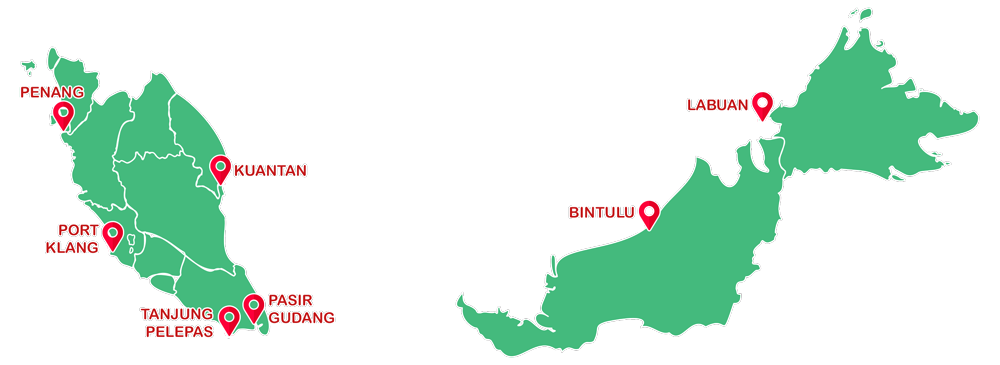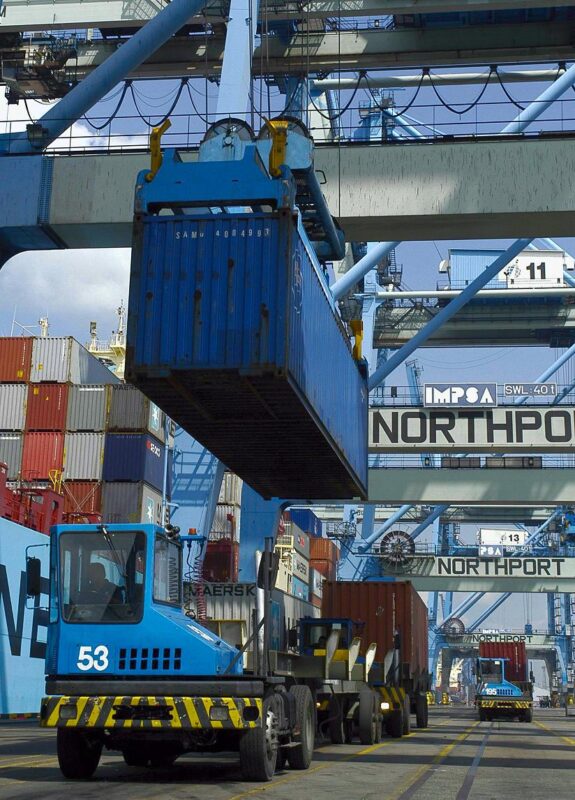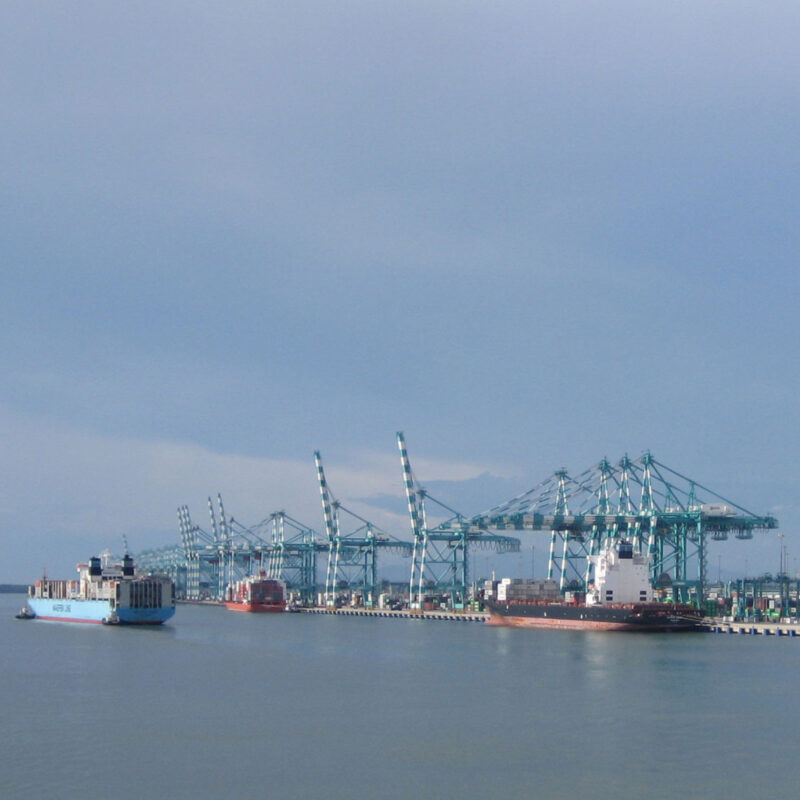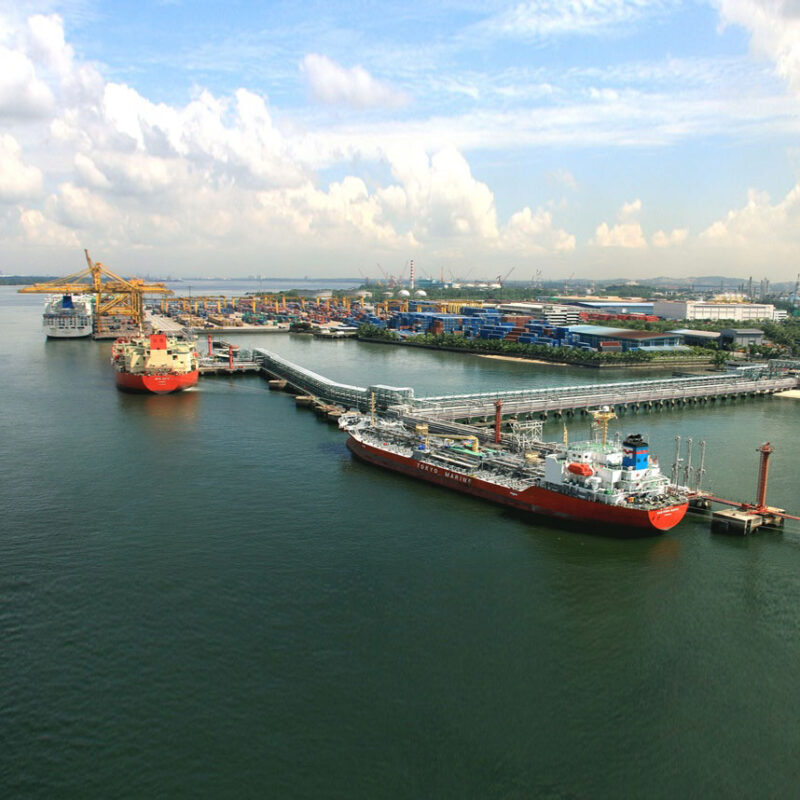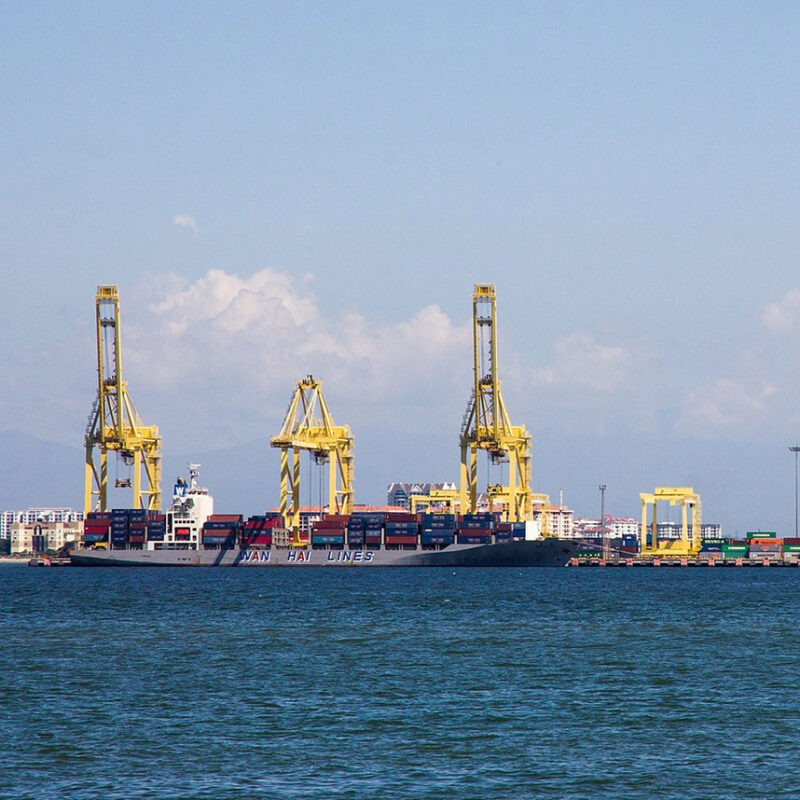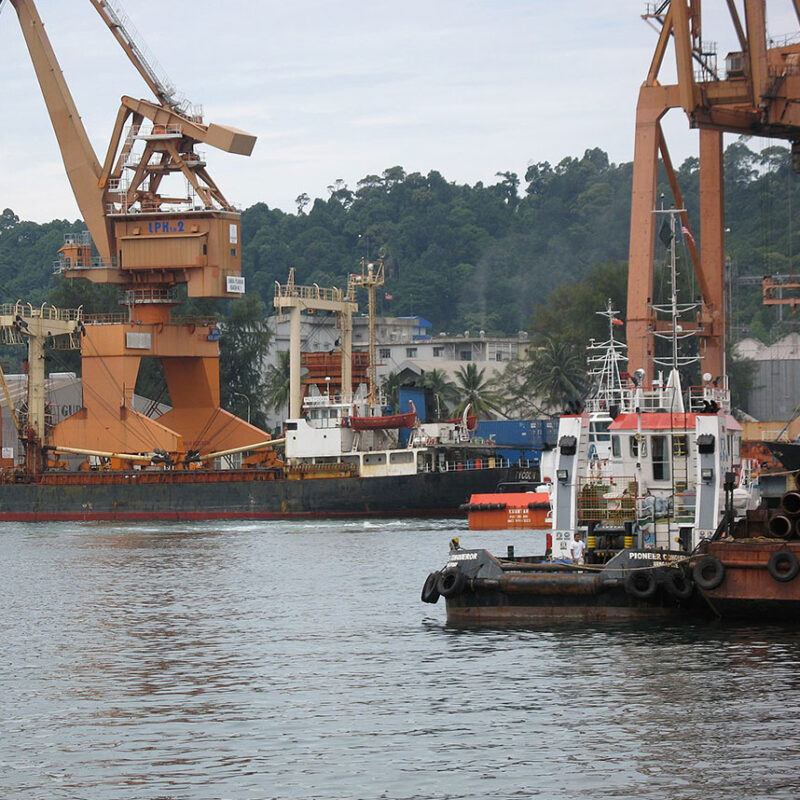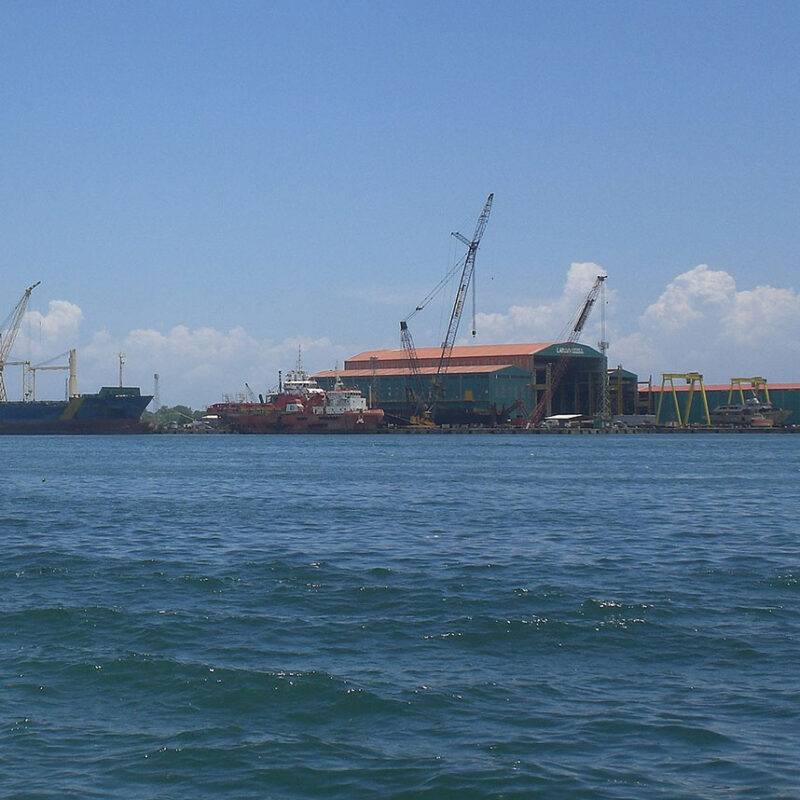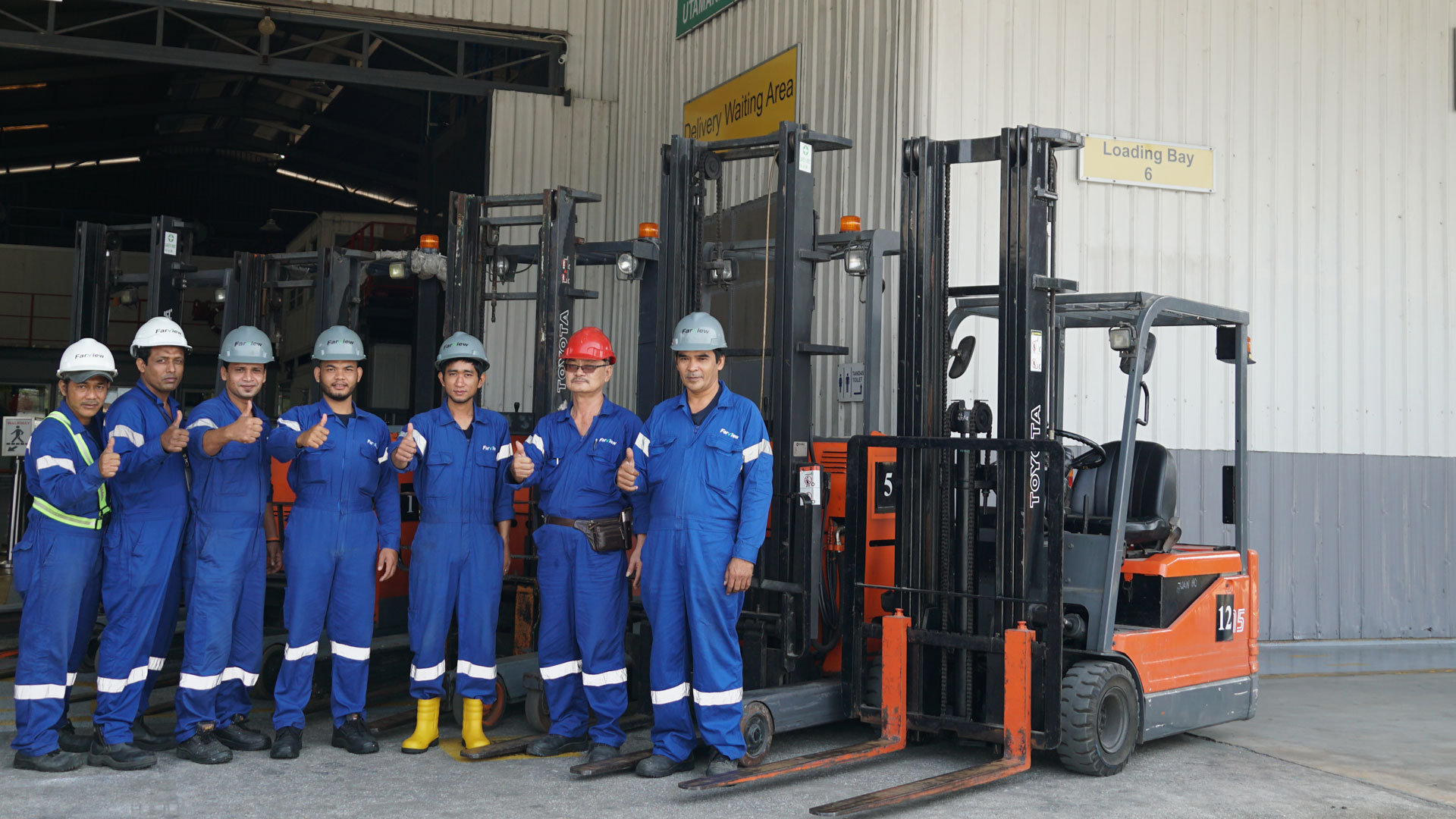Malaysia is a country with a deep-water port, and the Port of Tanjung Pelepas is one of the largest ports in the world. It is located at the Strait of Malacca, which links Malaysia to other countries in the region. This makes it a major trade route for many companies that need to send products to other countries. The port also provides businesses with an easy entrance into the South East Asian market, as well as opportunities for other markets as well.
Malaysia is the world’s largest exporter of LNG, as well as its biggest producer of palm oil. This makes it the owner of the world’s biggest palm oil terminal. The advantages of Malaysia’s location, infrastructure and technological developments are positioning the country to overtake Singapore in the future as Asia’s leading maritime cargo port.
